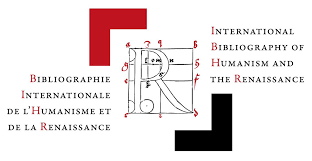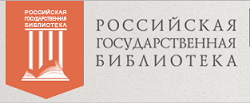Thanatopoetics of P. M. Andreevsky Prose (On the Example of the Collection of Stories “All Faces of Death” and the Novels “Wheatgrass” and “Tunnel”)
DOI:
https://doi.org/10.31168/2073-5731.2024.3-4.12Keywords:
Macedonian literature, Petre M. Andreevski, thanatopoetics, death motive, mythopoetics, magical realism, proseAbstract
The motif of death plays a major role in the prose of the classic Macedonian writer Petre M. Andreevski (1934–2006), which gives grounds for interpreting a number of his works from the point of view of thanatopoetics (a term introduced by the Austrian Slavist Aage Hansen-Löwe in the 1990s). In this article, using the example of P. M. Andreevski’s novels “Wheatgrass” (“Pirej”, 1980) and “Tunnel” (“Tunel”, 2003), and the collection of short stories “All the Faces of Death” (“Site Litsa Na Smrtta”, 1994), a set of methods and techniques for the artistic implementation of this motif is analyzed. The use of the principles of magical realism, the combination of rationalistic and mythical-magical ideas about the world left their mark on the author’s vision of death. The study of the thanatopoetics of the writer’s prose not only shows the formal organization of this motif in the writer’s work, but is also an integral part of the philosophical perception of the world. The thanatopoetics of P. Andreevsky’s prose plays an important role in the formation of the thematic and emotional content of the author’s works, reflecting his philosophical and aesthetic aspirations. Through the embodiment of the image of death, the writer seeks to understand the deep aspects of human existence. The author’s main attention is paid to the tragic events of national history, when the Macedonians demonstrated fortitude. The historical is closely intertwined with the folk: references to rituals, myths, dreams.
Received: 21.05.2024.
Revised: 28.05.2024.
Accepted: 24.09.2024.
Citation
Gavrilova P. D. Thanatopoetics of P. M. Andreevsky Prose (On the Example of the Collection of Stories “All Faces of Death” and the Novels “Wheatgrass” and “Tunnel”) // Slavic Almanac. 2024. No 3–4. P. 242–253 (in Russian). DOI: 10.31168/2073-5731.2024.3-4.12






